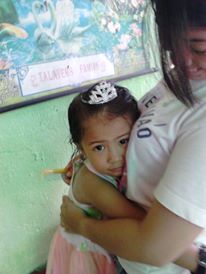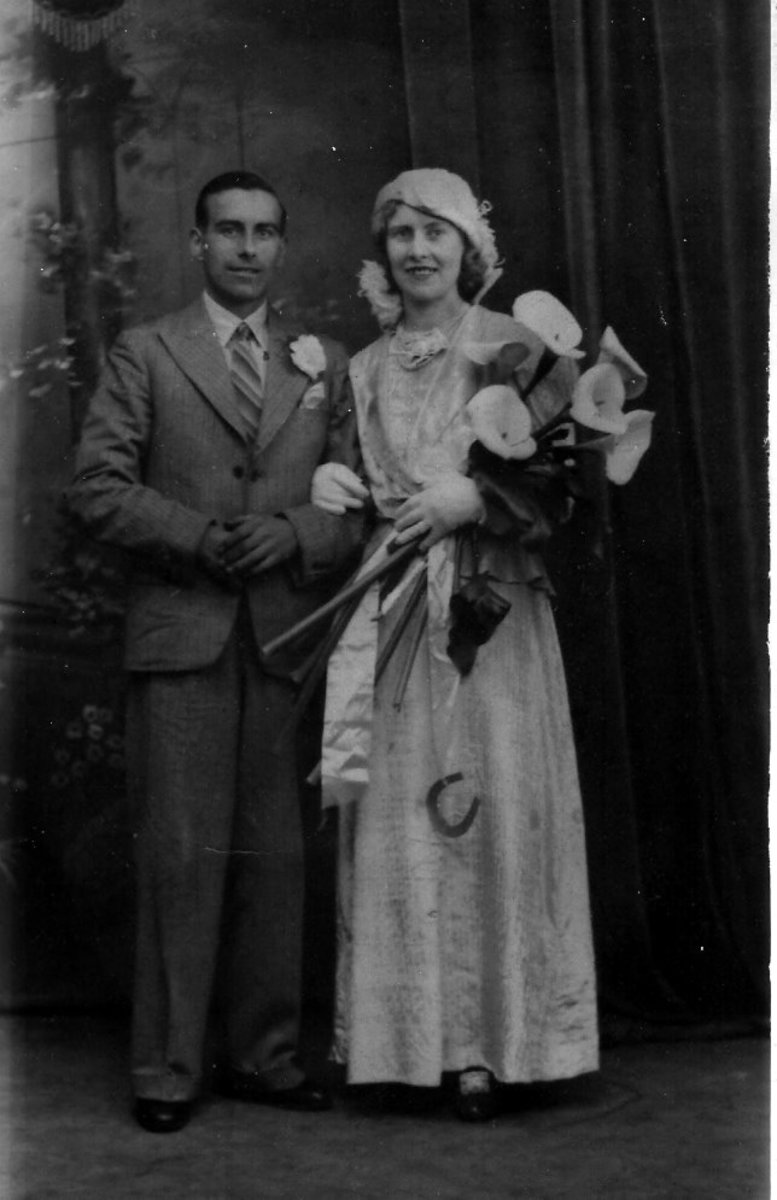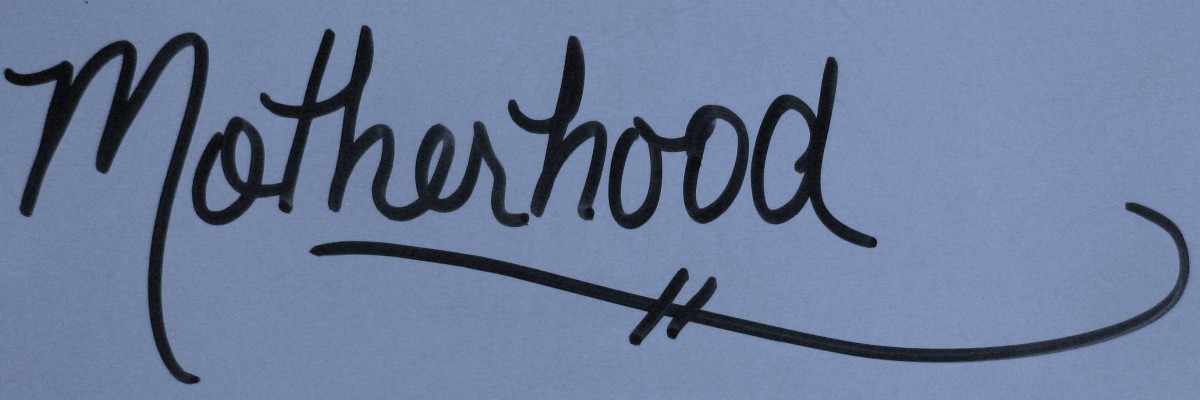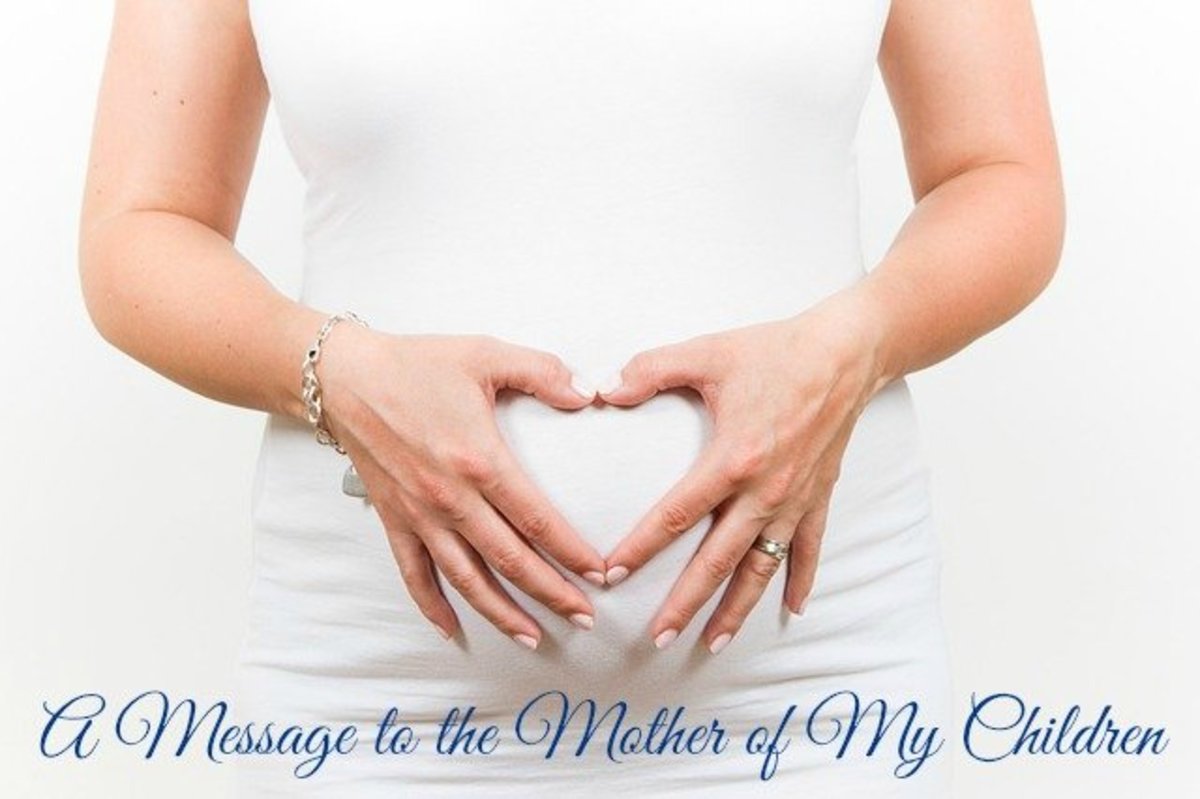Where are the Women in the Family?
Mother and Child

Analysis on the Changes of Women's Role in the Family
What Happened to the Women in the Family?
Women have an incomparably significant role in the family since the beginning of human existence. But due to the changes of social norms and values from one era to another, gender roles have been constantly contested and questioned on their efficiency and justifiability in the context of family life. While necessarily beneficial for the welfare of females, the evolution of women’s rights have also changed the way how a family should work in a relatively insightful manner.
Given the clamor for equal rights for all races since Lincoln petitioned for the welfare of slaves in 1860, women have also petitioned for their rights and protection from abuses in their family. Stereotypical female roles were gradually abolished in favor of equal opportunities, freer working platform and recognition of the woman as more than a bearer of children. This endeavor was the starting goal of the feminist movement.
The changes the feminist movement have brought about in the roles of women in society consequently created a domino effect in the role of women in the general line of things in human life. Just as the evolution of economy and society changed the definition of a family, changes in women’s roles greatly affected the intrinsic workings of a family.
This article will seek to explain the evolution of women’s roles in the family from the Biblical times to the modern context. This will discuss the evolution of female roles in the family, analyzing the path of changes in gender roles from the Biblical first family (Adam and Eve), the patriarchal household, the Industrial Revolution, towards the 21st Century.
The Biblical Image of Family Life
From the Book of Genesis, we see the formation of a family when God created Adam then Eve for Adam. In order to fully understand the biblical concept of a family, the researcher has cited Genesis 2:21-25 where the family is defined at the onset of its creation. God made a family as an institution that starts from the union of man and woman through matrimony, in a solid commitment where they bear no shame of their roles. Eve is presented to Adam as his helper, his partner in the stewardship of the earth. We then see that man leaves his father and mother to be united to his wife in order to fulfill his foremost duty of taking care of the earth and all its resources, according to God’s plan.
The Bible further defines gender roles in the family at the moment of Adam and Eve’s exile from Eden (Genesis 3:16-20). Here, it is defined that Eve, as the mother, will bear children under the rule of her husband, Adam. Adam, on the other hand, will work for the provision of needs of the family through his sweat and tears from toiling the ground, from which he had come from. The Biblical family is then defined as the union of a man and woman where man is the worker and provider while the woman is the bearer and carer of the family. A woman also has the duty of teaching the children about religion as God prophesied of her children fighting against the deceitful serpent (the Devil) in Genesis 3:15.
The Patriarchal Household
The Biblical definition of a family operates on the same principles of a patriarchal family. In the ancient times, the father and the sons toil on the fields and waters for food while the mother teaches her daughters on proper conduct, religion, and other necessary lessons that is expected for a woman in married life. The father holds the law in the household. He decides on the family affairs, especially arranging the marriage of the children.
Education is mostly at home because the children are instructed to work in their family’s livelihood, be it farming, fishing or hunting. Boys are taught to be the bearers of the family businesses as they have greater body strength, signifying that they are built for physical tasks. Girls are instructed to be good in household tasks, especially taking note of their body’s changes since in ancient times, girls experiencing their first menstrual flow are already eligible for childbearing, thereafter marriage.
Women are taught to be meek, polite and never to be outspoken, especially against men. They were separated from men during religious worship. They are even considered ornamental possessions of men to a certain point, as evidenced by the Chinese tradition of valuing a woman through the size of her feet - the smaller, the better, which was at that time the cultural preference of men. It was also based in patriarchalism that female infants are more fit to be killed than males, since patriarchal cultures see men as the ones to carry the family name and economic responsibilities.
Eventually, this way of family life changed due to the emergence of cities, guilds and markets. When the Crusaders came back to Europe after going to the Middle East to conquer back the Holy City of Jerusalem, their failure in their conquest was overcome by the benefits that they brought to their hometowns in the form of the many exotic and extraordinary things they amassed from their journey in the Middle East. The knowledge and resources they shared to their countries brought about the emergence of guilds and markets. People saw these guilds and markets as an opportunity to better improve their living. Families slowly moved from the mountains and riversides in order to interact with other people in the cities. Guilds brought forth the institution of schools and universities specialized in professions and crafts. This meant that education is no longer exclusively at home, but in a larger scale of a community.
The Industrial Revolution
The changes in family life was further defined during the Industrial Revolution in Europe, mainly in America and Britain. At this time, people worked away their homes in factories to sustain the demand of industries for a supply of quality commercial products.
While the women are still considered as the carer of the household, some of them, mostly coming from the lower class, were employed for domestic skills such as weaving, tailoring and cooking. They were also taken by the industries because they are paid significantly lesser than their male counterparts. Lower class women were more encouraged to work than their middle class contemporaries because of the pressure of financial stability. This time showed females working in two different types of jobs in society: a) factory work (with monetary compensation); and b) household work (without monetary compensation). Through this, the world gradually saw women as individuals capable of working productively for society just as much as men are capable of.
This also was the start of women being away from the household for the sake of sustaining the family's needs. Therefore, the family was slowly breaking up as the children grow with a slowly decreasing amount of parental presence in the household.
Towards The 21st Century
After the Industrial Revolution, women slowly began the public fight for equality in male-dominated world. They petitioned for equal rights of suffrage and employment. The World Wars I and II also opened a greatly significant avenue for women into the labor force due to the shortage of men after the wars.
Feminists reacted with outrage against the 19th century feminine ideal patterned after the Victorian age where women must conduct themselves in a proper manner, in such a way that they will not dishonor themselves and their families. They battled against the stereotypes of stay-at-home housewives because as human beings, women are also entitled to have the same rights to quality life as much as men do.
Slowly women gained the rights to not only vote, but also to work in a broader range of professions to choose from. While your great-great-grandmother during the 1800s worked as a housewife or at best, a school teacher, your daughter can work as a policewoman or a writer, with her choices being the crucial point of the decision-making in her family life.
Impact to the Family
Today’s women enjoy the fruit of centuries-old battle for women’s rights. They have the freewill to choose the way they live their lives, even to the extent of the freedom to choose whether to marry or not; or to choose whether to have children or not.
There are significant benefits to this female freedom exercised today, including the efficiency in population control as women are more inclined to work better than to start making a family at an early age. However, there are also disadvantages in the family structure brought out by the changes in women’s roles. Among them are the increase in divorce rates and in cases of single-parent families. Gender roles in the workplace and the family have blurred to a point where the conflict of married couples are mostly about the presence of one or the other in the household over the need to sustain the family’s financial stability.
It is noted that women’s empowerment is not the cause of the deterioration of the family structure, but the changing economic and social sphere itself. Because our economy is dominated by white collar jobs and service jobs, women’s growing participation in the workplace away from home is considered only as a catalyst to this problem of broken family structures.Women have the natural right to expand their horizons as human beings so they should not be faulted for the failure of the family ideal.
Conclusion
The woman is invaluable in the family structure but she has also been subject to the changes of time. Roles of women in society have significantly changed due to women empowerment spearheaded by the feminist movement. They have evolved from the image of the traditional housewife to an independent worker and breadwinner of the family.
These changes are the result of the feminist movement’s fight for women’s rights, especially on equality in the workplace, social sphere and equal protection under the law. Significantly, female participation in the social sphere were welcomed and celebrated as a proof of equal opportunities that promote success for every member in society.
But just as these changes are celebrated, there are also some notable disadvantages to the shifts in social norms. The family structure is said to be deteriorating because the presence of both parents are becoming non-existent in their households due to busy work schedules. Furthermore, gender roles become convoluted as women try to assert their rights for work opportunities over their duty of caring for the household. I do not necessarily disagree with the fact that women have the same rights as men in the workplace at this point in time, but I will stress the fact that the parents are slowly losing focus on the family itself. Children become neglected and mothers tired and overworked because of both parents needing to work to make both ends meet.
Women need to find the right balance in the different roles they play in society so that they will be able to make the family work, together with their husbands. Ultimately, having freedom to live and work as much as you want should also comply with your responsibility to care for your family – both in childrearing and married life.






